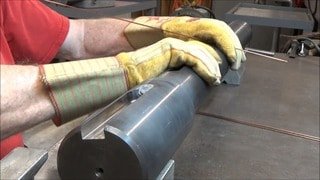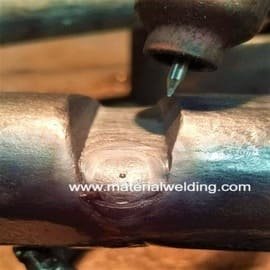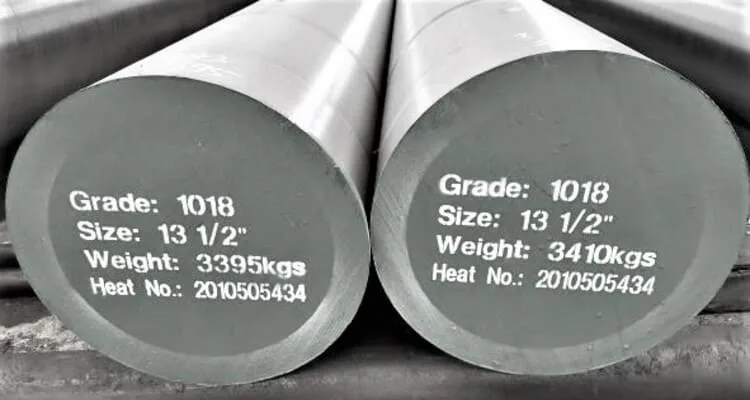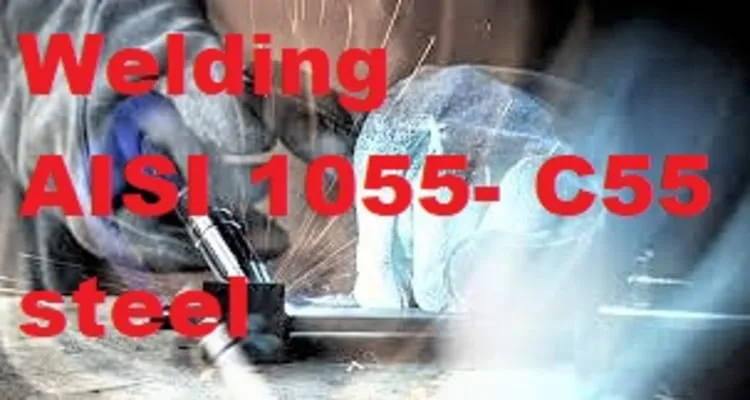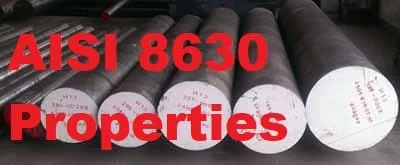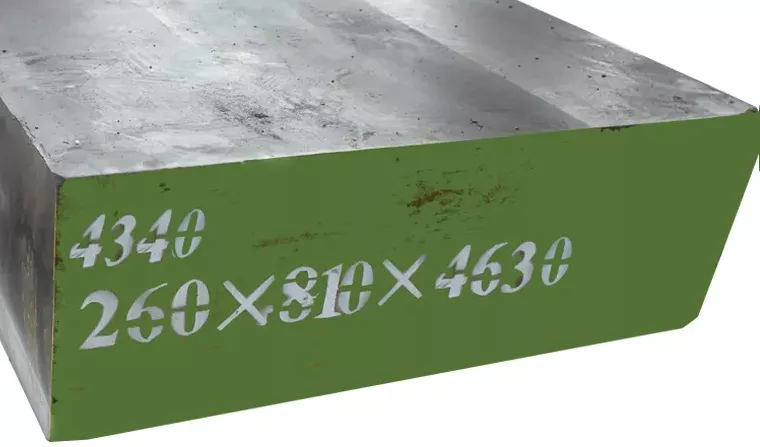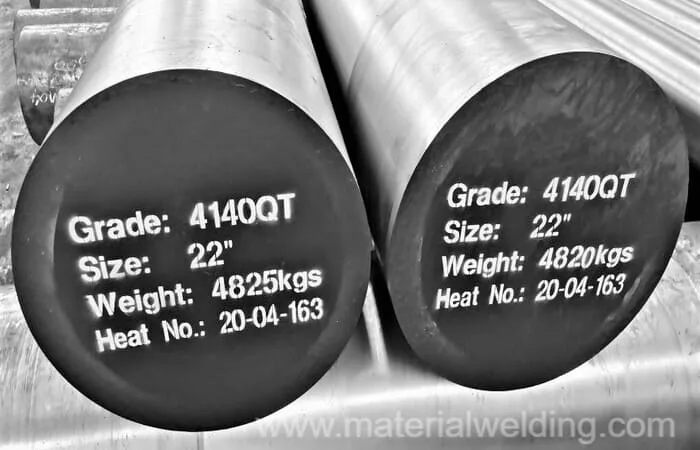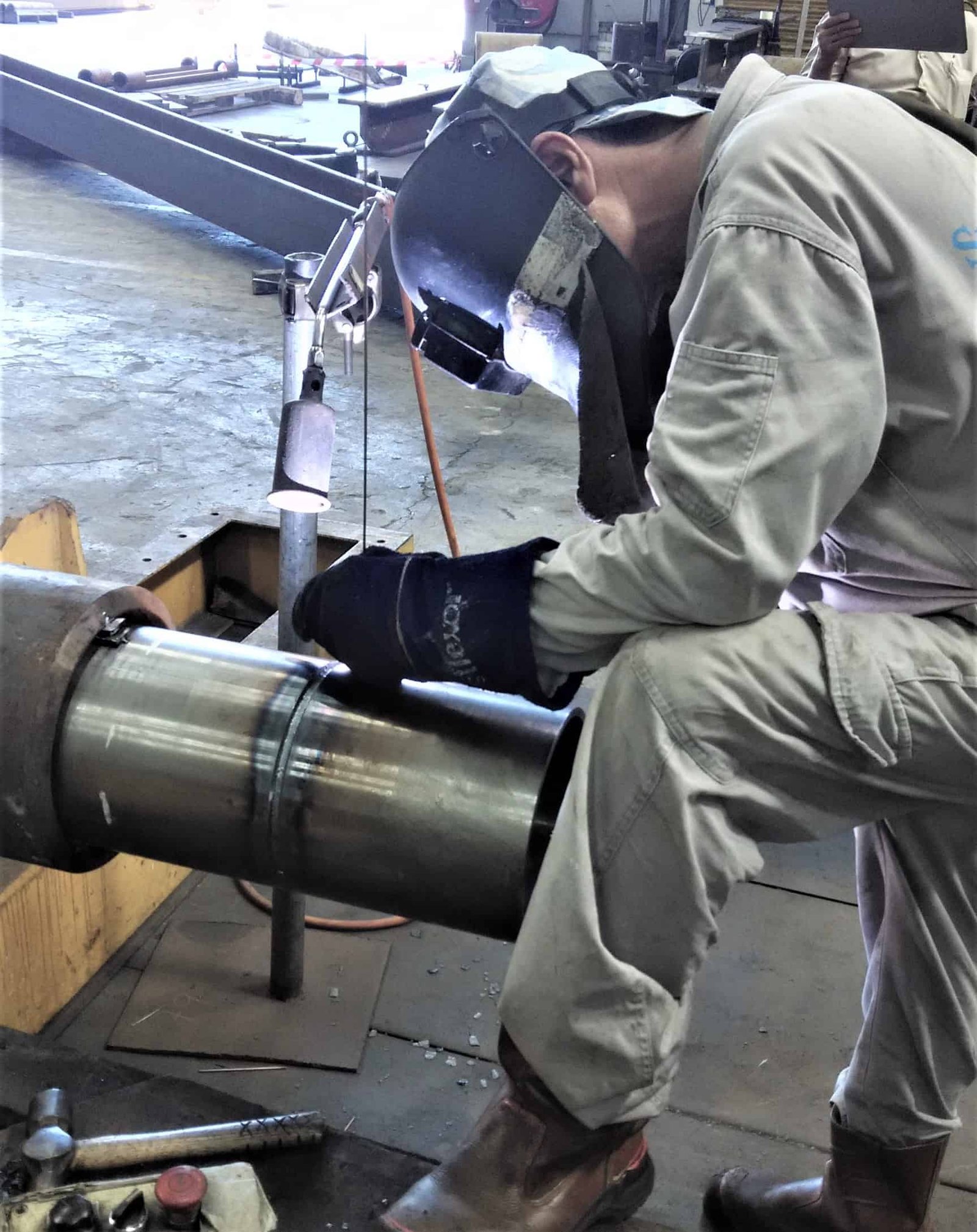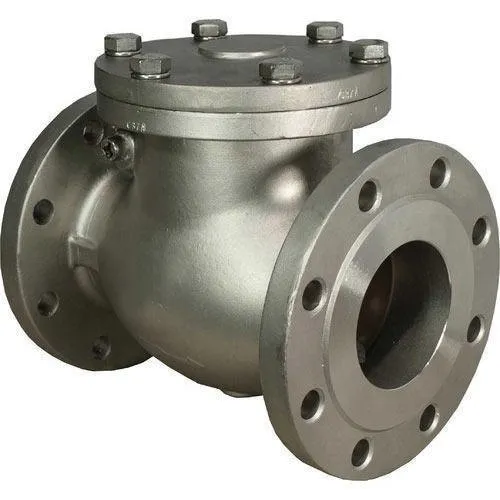AISI 1045 Steel
AISI 1045 steel is a medium carbon steel that belongs to the medium-high carbon steels category. It has a carbon content of 0.42- 0.50%, and it is known for its excellent strength and hardness properties.
This steel is typically used in applications where strength and toughness are required, such as in gears, crankshafts, and other machine parts as well automotive components to agricultural equipment.
AISI 1045 steel has good weldability and machinability properties. AISI 1045 steel can be heat treated with various methods to achieve different levels of hardness and has good weldability characteristics when preheated before welding to prevent cracking from occurring.
It can be heat-treated and hardened for increased strength, and it is also easy to machine and forge. It is also known as C45 or S45C. It is widely used in the production of a variety of machine parts.
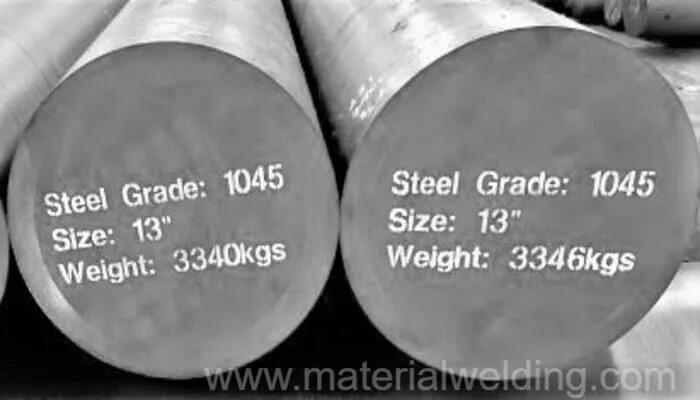
AISI 1045 Steel Equivalent materials
there are several materials available that have similar properties and performance characteristics compared to AISI 1045 steel.
These include JIS S45C grade mild steel, DIN C45 medium carbon steel and EN-8 material which is also known as 080M40.
AISI 1045 steel is equivalent to the following materials:
- DIN CK45
- SAE J403 1045
- ISO 683-1 C45
- EN 1.1191
- JIS S45C
- BS 970 070M46
- EN8
- ASTM A29, A 266, A236, A576 and A827.
These are all materials that have similar chemical and mechanical properties to AISI 1045 steel and can be used interchangeably in certain applications.
However, it’s always better to check with the specific standard or the manufacturer for the recommended equivalent materials.
AISI 1045 Available Forms in Market
It can be supplied as hot rolled bars, cold drawn bars, forged or normalized parts and quenched and tempered components.
AISI 1045 grade steel can be found in various shapes including round bars, hexagonal bars, square bars and flat bars in the form of cold-finished or hot rolled plates.
It’s also available as forged discs with a diameter up to 600mm or turned parts with an outside diameter that ranges from 15mm to 250mm.
AISI 1045 Steel Specification
AISI 1045 steel is typically supplied in the following forms: round, square, and flat. It is available in the hot rolled and cold drawn conditions. The steel’s chemical composition and mechanical properties can vary depending on the form and heat treatment.
Following are the Material Specification standards for AISI 1045 Steel:
- ASTM A29, A 266, A236, A576 and A827
- EN 10083
- DIN 17200
- BS 970
- JIS G4051
AISI 1045 Steel Chemical Compositions
AISI 1045 steel is a medium carbon steel that contains the following chemical composition as per ASTM A29 Specification:
- Carbon: 0.43-0.50%
- Manganese: 0.60-0.90%
- Phosphorus: 0.040% max
- Sulfur: 0.050% max
| Chemical Composition | % |
| Carbon | 0.43-0.50 |
| Manganese | 0.60-0.90 |
| Phosphorus | 0.04 |
| Sulfur | 0.05 |
| Silicon | 0.15-0.35 |
AISI 1045 Steel Mechanical Properties
The mechanical properties of AISI 1045 grade are not specified in ASTM A29 specification. In general, 1045 steel mechanical properties are listed below:
| Mechanical Property | Value |
| Tensile Strength | 81.9 Ksi (565 MPa) |
| Yield Strength | 45 Ksi (310 MPa) |
| Elongation | Minimum 16% |
| Reduction of Area | 40% |
| Hardness (Brinell) | 163 HB |
AISI 1045 Machining
AISI 1045 can be readily machined using traditional methods such as turning, boring, drilling, tapping, milling and grinding.
AISI 1045 steel is a medium carbon steel that is relatively easy to machine. It can be machined both in the annealed and normalized conditions, although the machining in the normalized condition is preferred.
When machining AISI 1045 parts, the recommended cutting speed is 220-270 feet per minute (ft/min). The recommended feed rate should be between 0.008 – 0.016 inches per revolution (IPR) depending on the operation being performed and the tool size being used.
AISI 1045 Welding
AISI 1045 steel have good weldability and can be welded using Stick Welding (SMAW), TIG, MIG and other conventional welding processes.
Due to high carbon content, a preheating temperature of around 390°F – 572°F (200°C–300°C) shall be applied to avoid cracking issues.
Post weld heat treatment of AISI 1045 steel after welding is carried out at a temperature of 1020°F – 1220°F (550°C – 660°C). For quenched & tempered steel, PWHT temperature shall be less than the tempering temperature.
AISI 1045 Steel Heat Treatment
Heat treatment of AISI 1045 is possible through normalizing, annealing, hardening, and tempering.
Normalizing consists of heating the steel to above its critical temperature before cooling it in still air at room temperature. This results in improved machinability and ductility of the material.
Annealing involves heating the steel below its critical temperature and then slowly cooling it in an oven or furnace for improved softness, hardness, and ductility.
Hardening consists of quenching the steel in oil or water after being heated beyond its critical point for greater strength but less ductility making it more suitable for applications such as bearings and gears.
Hardening: The recommended hardening temperature for AISI 1045 steel is between 1500°F (820°C) and 1560°F (850°C), and the recommended quenching medium is oil. The steel should then be tempered to relieve internal stresses and improve toughness.
Tempering: The recommended tempering temperature for AISI 1045 steel is between 750°F (400°C) and 1200°F (640°C). The steel should be held at the desired tempering temperature for at least one hour for each inch of thickness.
AISI 1045 Steel Applications
AISI 1045 steel is widely used in various industries because of its excellent strength and hardness properties. Some of the common applications of this steel include:
- Gears
- Shafts
- Axles
- Crankshafts
- Machine parts
- Hydraulic and pneumatic cylinder
- Construction of heavy equipment
- Automotive and aerospace industries
It is also used for making heavy machinery like drilling rigs, oil rigs, and mining equipment.
